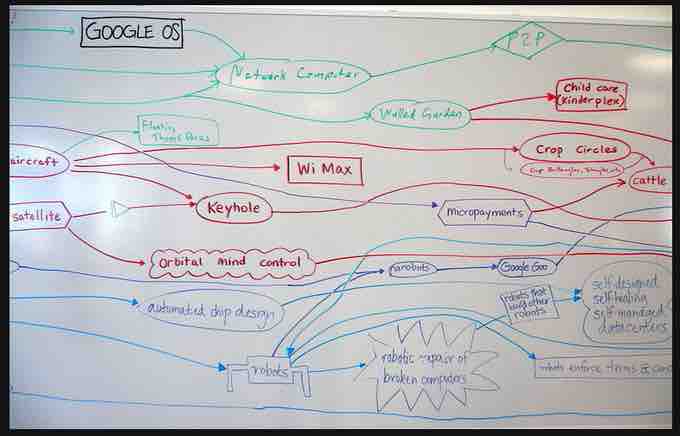What Does Planning Have to Do with Management?
Management operates through various functions, often classified as:
- Planning
- Organizing
- Staffing
- Leading/Directing
- Controlling/Monitoring
Of the five functions, planning is the most fundamental; it is the management form from which the other four stem. To wit:
- A manager is ready to organize and staff only after goals and plans to reach the goals are in place.
- Likewise, the leading function (that is, influencing the behavior of people in the organization) depends on the goals to be achieved.
- Finally, in the controlling function, the determination of whether or not goals are being accomplished and standards are being met is based on the planning function. The planning function provides the goals and standards that drive the controlling function.
Therefore, plans are the seeds from which the organization functions. Even so, the need for planning is often apparent only after the fact. In the short run, planning is easy to postpone. The postponement of planning especially plagues labor-oriented, hands-on managers.

The Master Plan
Planning takes time, but its importance should not be overlooked.
What is Planning?
Planning is concerned with the future impact of today's decisions. It is a technique of projecting expectations, anticipating problems, and guiding decision making.
The major purpose of planning is to focus the attention of all involved on a common purpose and to inform the decisions that needs to be made along the way. A plan helps to, and serves as a way to, measure the efficiency and effectiveness of an organization in accomplishing its strategic plans.
Companies often use SWOT analysis when planning. SWOT is a structured planning method used to evaluate the Strengths, Weaknesses, Opportunities, and Threats involved in a project or in a business venture. Of these four items, it is hardest for companies to control threats.
Some important planning terms, from most general to most specific, are:
- Vision: Nonspecific directional and motivational guidance for the entire organization. Top managers normally provide a vision for the business. It is the most emotional of the four.
- Mission: An organization's reason for being. It is concerned with scope of the business and what distinguishes this business from similar businesses. Mission reflects the culture and values of top management.
- Objectives: Ideas that refine the mission and address key issues within the organization such as market standing, innovation, productivity, physical and financial resources, profitability, management, and worker performance and efficiency. They are expected to be general, observable, challenging, and untimed.
- Goals: Specific statements of anticipated results that further define the organization's objectives. They are expected to be SMART: Specific, Measurable, Attainable, Rewarding, and Timed.
- Tactics: Who, what, when, where and how activities will take place to accomplish a goal.
The Anatomy of Plans
Plans can be created for projects, programs, or strategies. During the planning process, decision makers deliberately select objectives, programs, or projects, as well as the policies and procedures for accomplishing them within organizations. The creation of plans inevitably involves decision-making, because the planner must select from among considered alternatives.
Plans can one of the following forms:
- Prospectus
- Blueprint
- Proclamation
- Budget
- Campaign
Strategy Level, Program Level, and Project Plans
At the strategy level, plans articulate longer-term objectives and executive management's vision of how the organization intends to achieve those objectives. In the process of determining a company's strategic plan, three basic questions are answered:
- Where are we now?
- Where do we want to be?
- How do we get there?
Program level plans translate strategic plans within functional areas to coordinate activity across functions and up and down the layers of an organization. A budget is an example of a financial plan that formalizes strategic plans in monetary terms.
On the other hand, project plans are more granular and lay out the specific tactics that need to be followed by members of the organization in order to execute the strategy.
The courses of action in a project plan include:
- A calendar of events
- The division of tasks
- The required resources and scheduling
- Expectations for quality and completion of the work
Can Plans Change?
Regardless of the level of planning, plans must be re-examined regularly in the light of changing conditions and circumstances.